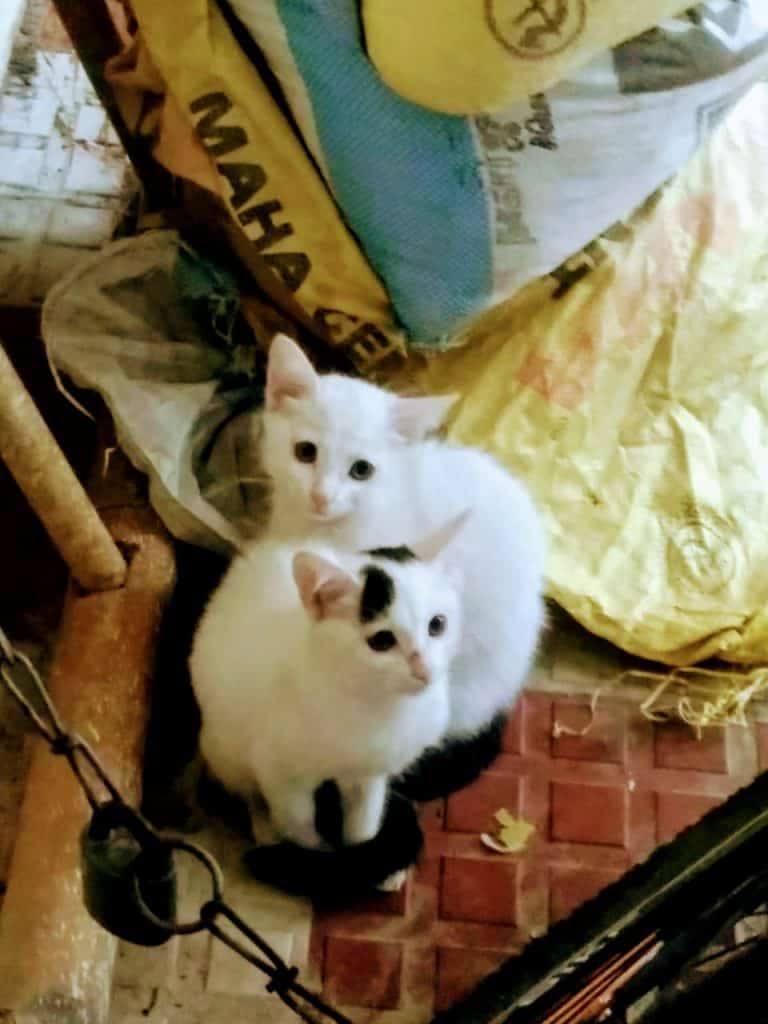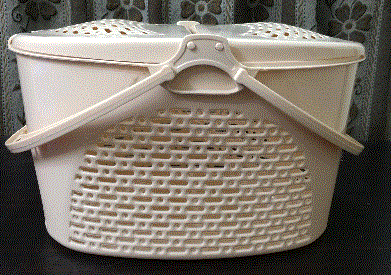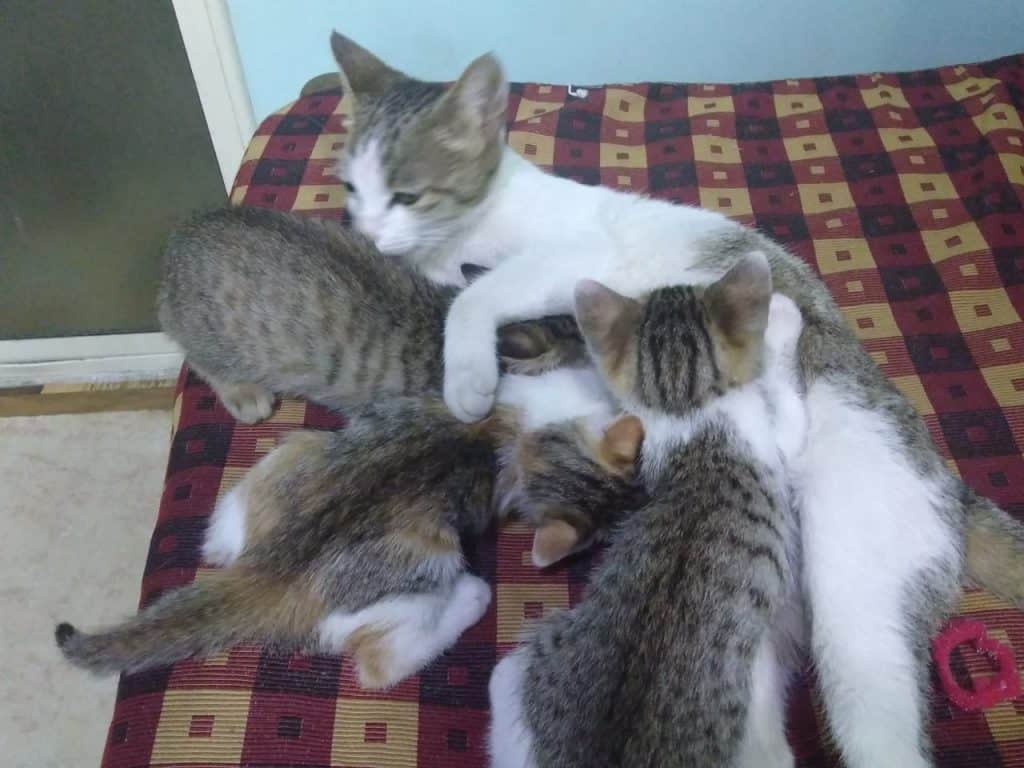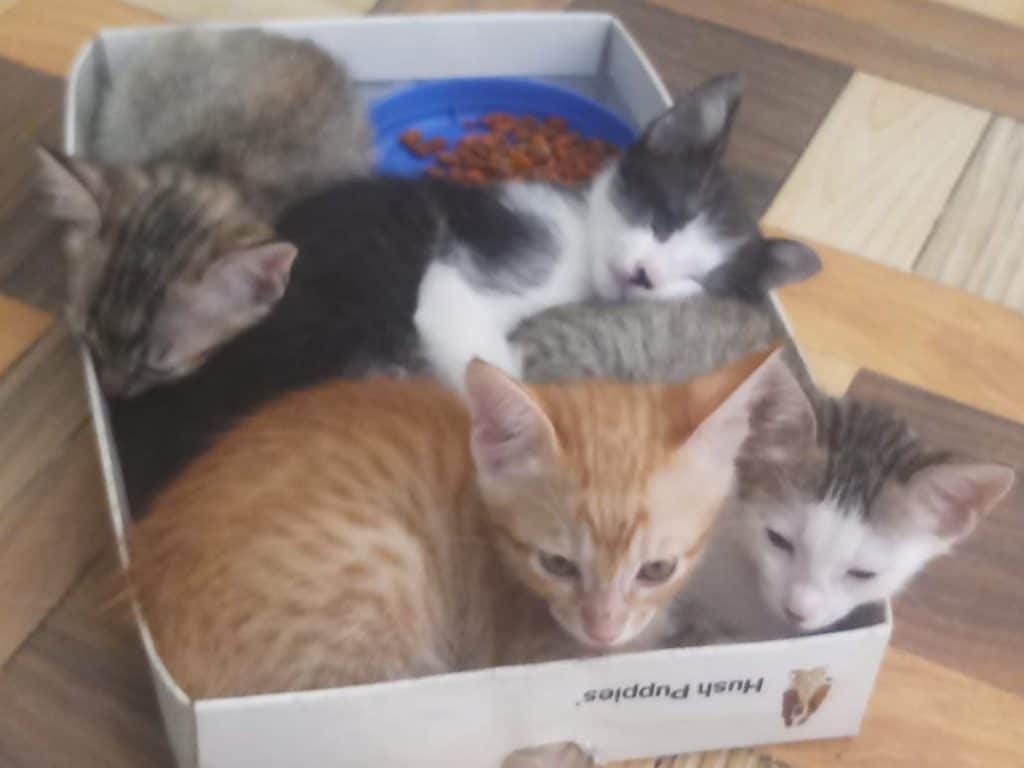This June, newspapers carried reports of an apartment resident in Mangaluru throwing newborn kittens out of her flat. Similarly, cat-adoption sites frequently report cases of kittens found in plastic bags in garbage heaps. Earlier, a common, but merciless, approach was to either ignore kittens or drop them in a faraway location.
These incidents show people are largely unaware of how to handle stray cats and their litter. Success stories of win-win scenarios for both cats and humans are very rare. I was very impressed by an article in Citizen Matters last year, by Sumana Paul and Kalpita Mane, on how their community dealt with stray cats. With the same intention of spreading awareness and motivating others, I am sharing our experiences in 5th B Cross, Domlur Layout.
Our street, located in a residential area, has 16 houses. Our approach to the stray-cat problem is ‘start small, grow big’. That is, start from the house where the cat delivered its litter, communicate with other residents in our street, then share our success story with adjacent streets, and eventually move on to solving the issue on a larger scale.

How it all started
A stray cat delivered four kittens in the house of Jyothi, a resident in the neighbourhood. Jyothi’s daughter Rohini knew how to handle the situation. They gave the cats food and shelter. After about three months, they gave the kittens up for adoption and spayed the mother cat.
Meanwhile, they started noticing the miseries of other cats in the locality, and started feeding them. They arranged the adoption of many kittens, and also educated other residents about adoption and spaying so as to prevent an increase in cat population.
For about three years, Jyothi’s neighbours Priya and Sarita had also been facing the same problem of stray cats delivering in their homes. Every time a pregnant cat came to their homes, they would give it space. A few months after delivery, the cat and kittens would move out of the house on their own. The children in their homes – Divya, Madhav, Keshav, Shriya, Naissha and Ved – were comfortable handling cats, and had even named all the cats on the street.
Based on the knowledge shared by Jyothi and Rohini, Priya and Sarita also started spaying the mother cats that came to their homes.
Read more: Stray cat problem: How a community ensured safety of both cats and residents
Unlearning some myths
In the process of caring for cats, we also unlearned some common myths about them, such as:
(a) Cats can live on their own, and can handle kittens by themselves: Until three years ago, our locality had a high population of rats, squirrels and pigeons. Hence cats used to hunt, and didn’t have to be fed. But now the population of prey has declined, and there is not enough space for cats to hunt. Hence the mother cat requires supplementary cat-food. Aggressive male cats also attack kittens and female cats now, perhaps due to increase in their population and a lack of food.
(b) Cats only drink milk, and don’t drink water: Cats are lactose-intolerant, and hence milk is not good for them. However, you can feed them curd to an extent. Cat-foods are easily available in the market too. Whatever food a cat eats, always place a bowl of water along with it.
(c) BBMP should be able to handle cats as they do stray dogs: Dogs and cats are different in many aspects. Cats are more sensitive, and can be spayed/neutered only with the support of humans who are friendly with them and have gained their trust. So local authorities cannot spay/neuter cats easily, as in the case of dogs.
Understanding the cat situation in our neighbourhood
On documenting the cat population in the area, Priya found that within three years, there were 50 cats from one female cat. Sarita created a complete family tree of cats, which showed that their population in the neighbourhood was exploding.

Our key observations:
- Female cats usually deliver once – sometimes even twice – within six months, if not spayed.
- They deliver even before they turn a year old.
So, the residents would have to spay the mother cats, and either adopt the kittens or arrange their adoption.
Read more: Can RWAs ban pets, feeding of strays during COVID?
Communication channelised
Tracking the cats, caring for them during delivery, getting them spayed/adopted, were huge learnings, so Priya shared such knowledge informally with others in the neighbourhood. Later, she created a WhatsApp group for residents to discuss such community-related matters.
In addition to naming the cats, we also refer to them using the pronouns ‘he/she’. With this, cats get an identity, and it leads to a common understanding among residents.
Spaying/neutering with community support
We got a male cat Oliver (Olly) neutered with community support. Olly had started mewing and fighting aggressively, to the predicament of residents. Jyothi, her daughter Rohini and son Sumanth decided on neutering, for which we collected donations. Residents Rajeswari, Kavitha and Satish contributed. Indira Pet clinic generously offered us a discount in surgery since this was a community initiative for a stray cat.
To take the cat to a vet, you would need a cat basket, which is easy to handle.

Most of us felt the procedure might be less expensive in a government clinic. But BBMP doesn’t give concessions for spaying cats, unlike in the case of dogs. Also, most clinics that perform such surgery are far from our neighbourhood. Since cats don’t like moving vehicles, arranging a safe transport facility for them over long distances is a problem. The wait time is also higher in a government clinic. So, considering these pros and cons, we made a cost-benefit analysis and opted for the private clinic.
Rohini and Sumanth took complete care of the cat before and after surgery. Spaying/neutering is very safe, but you need to take the necessary precautions. Post-surgery, male cats should not be allowed out for four days, and female cats for 14 days. Keep them in a room, and make sure they can’t exit through windows. We keep them isolated in a room in a house, without using a cage, and giving food and necessary care. After this period, they return to normalcy quickly and are able to jump high walls, climb trees to an extent, hunt their own food, etc.
We followed the same process for spaying/neutering four other cats in the locality. We also gave up 10 cats for adoption, with proper pre- and post-adoption checks such as giving information on the kittens and periodically checking their photos/videos sent by adopters. In a couple of cases, however, the kittens were directly taken by an acquaintance living or working nearby.
We ourselves adopted some mother cats and kittens. We decided that we couldn’t turn the kittens into strays too; they need to be adopted. We learned that, if residents of every house and street become aware, we can improve the lives of stray cats as well as our own.

Widening our awareness circle
When we shared our experiences with acquaintances and senior residents nearby, we came to know about like-minded people such as Mr Elango, who gave us useful pointers. Meanwhile, Mr Aakash in the adjacent street was dealing with a mother cat and three kittens at his doorstep. Our knowledge, and support from our new contacts, helped him too.
So, the task of handling stray cats is impossible for an individual, but definitely possible for a group. In any group, there should be an initiator, strong supporter, and like-minded people to understand the issue and encourage the good work.
How, as an individual, can you help stray cats in your locality?
- Provide basic requirements like food and shelter, especially during rainy days
- Keep a check on the population by spaying the mother cat and giving the kittens up for adoption
- When a cat delivers in your home, give some privacy so that it feels safe. Do not let everyone come and see the kittens. Read more here.
- Buy some cat-food for the mother cat. Or hand over the food to someone else who is sheltering any stray cat.
- When giving up kittens for adoption, make sure they will be safe. Do not give them to breeders as this will make their life miserable. Ensure the adopted kittens’ safety by periodically checking their photos, or through video calls. Give all information about the kitten to potential adopters. Read more here.
- You can facilitate adoption through your social circles/social media groups.
- Advise friends and relatives to adopt kittens born to stray cats, instead of buying pets
- Mobilise funds for spaying the mother cat
- Help with small tasks like taking the cat to a vet for spaying/neutering, providing pre-surgery and post-surgery care
- You can also help by providing some space for a cat healing after surgery.
- You can share supplies like cotton towels/clothes, cat basket and litter box when not in use.
- Speak to the local vet about community cats and how to prevent their population explosion
- Involve children in these activities. They can spot cats easily, and you will be amazed by their naming skills.

How to work on the cat-population problem in your locality
- Identify and count the number of male and female cats in your street
- Initially focus on the little ones below six months of age. Take them to the vet, de-flea, deworm and vaccinate them, so that they are fit for adoption
- Next, check with the vet whether the female cats are fit for spaying, and plan for the entire pre-surgery and post-surgery process. While vets cut the ear-tip of spayed dogs, no such method is followed in the case of cats. Hence we should first get vets to ascertain if the cats had been spayed earlier.
- Even male cats showing aggressive behaviour over territory calm down upon neutering. So do consider the same for some of them. Get vets to ascertain that they had not been neutered earlier.
- Keep a count of the cats that come to your locality, at all times
- Create awareness among the new residents of your area
- Once the work in your street is complete, communicate with those in adjacent streets. When they replicate the effort, the stray cat problem in your locality can be solved.
May this well explained article create more n more awareness in people and in every neighbourhood.
These animals not only need food , shelter they do need much care and love and protection in most.
Hope we together can find some solution for these lovely little souls .
Lovely article. Thank you for caring the voiceless souls.
Thanks for sharing valuable comments and recommendations